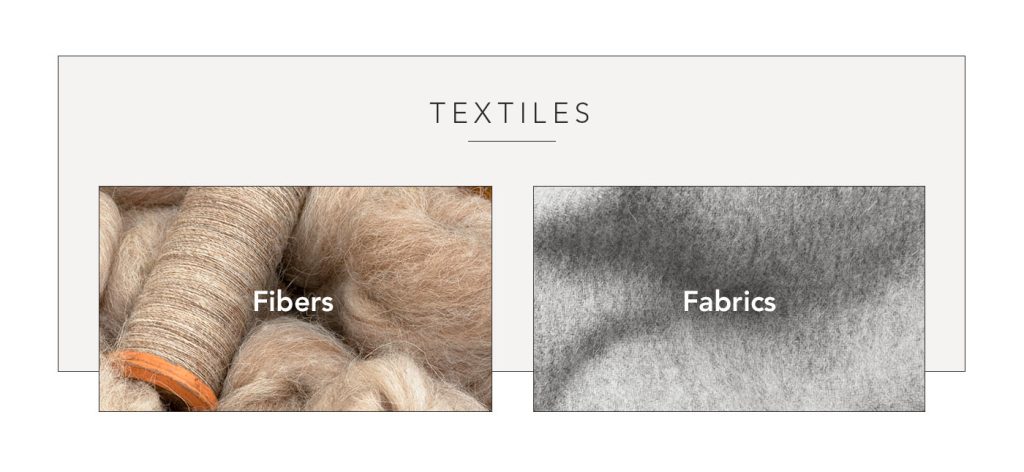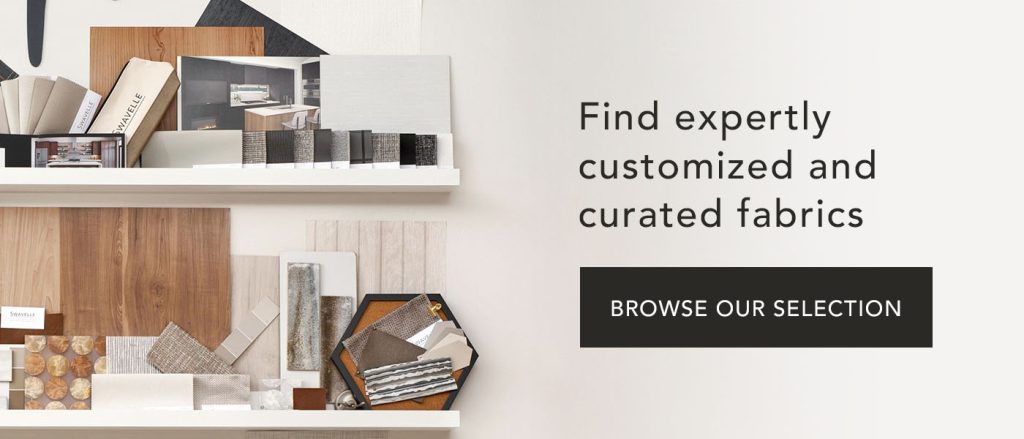Many people think of clothing production when they hear the term “textiles.” While clothing is a common application, textiles entail a multitude of products, like bedding, rugs, curtains and many more.
Textiles traditionally contained natural fibers like cotton, wool and flax. Today, many synthetic fibers such as acrylic, nylon and polyester can also create textiles. Each fiber has unique properties to give textiles their defining features. This guide will explore textiles in detail, covering the different types of fibers, materials and products.
A textile is a broad term encompassing finished and unfinished materials that can serve a range of purposes. Originally, textiles only described woven fabrics. The word textile derives from the Latin term textilis, which means “woven.” However, the term now covers all fabrics and any materials used to create them.
Fiber-based materials like yarns, threads and filaments are considered textile products. Knitted, felted and nonwoven are other types of manufacturing that can produce textiles. Additionally, many fabric materials like cotton, chiffon, denim, linen, satin, silk, leather and wool fall under the textile umbrella. Every element of a textile, including the fabric, yarn, fiber and finishing, impacts the final product.
Textiles are divided into two main categories — technical textiles and consumer textiles for domestic uses. Comfort and aesthetics are primary factors in consumer textiles, while technical textiles prioritize function. Medical textiles, geotextiles and industrial textiles fall into the technical classification, while products like furnishings and apparel are consumer textiles.
Production processes and materials in textile products can vary depending on the intended purpose. Textiles are present in many everyday items, such as clothing, furniture, bedding, carpets and more.
People often use the words “fabrics” and “textiles” interchangeably, though the terms refer to different things. Textiles are finished or unfinished materials used for many applications, while fabrics are finished materials used for clothing production.
In strict definition, textiles are products made from woven fibers using a variety of methods. The term also applies to the fibers themselves. Meanwhile, fabrics are made with weaving, sewing and stitching. A fabric is any woven, knitted, felted, braided or nonwoven material such as cloth, lace and hosiery. Unlike fabric, which is a more specific term, textiles cover a wide array of products and materials. Therefore, a fabric is a type of textile, but not all textiles are fabrics.

Fibers are the smallest components of fabrics with a fine, hair-like appearance. They can be natural, synthetic or both. Manufacturers spin the fibers into yarn, then use the yarn to create the fabric. Yarns are manipulated with different processes like knitting, weaving, braiding or crocheting. The fibers are laid out or twisted to create long, continuous strands of yarn. Methods like bonding and felting directly transform fibers into fabric.
The textile materials are then processed and finished to improve function and aesthetics. Manufacturers can apply various decorative techniques like printing, dyeing and embroidery to textiles to enhance the final product.
There are two main classifications of textile fibers — natural plant-based and synthetic, human-made fibers. Below are some examples of each.
Here are some common natural fibers used in textile manufacturing:
Next, here are some common artificial fibers for textile production:

Swavelle Group is a leader in the textile industry, specializing in beautiful, durable fabrics to suit a range of markets. Those looking to provide their customers with weather-, UV- and microbe-resistant textiles can find their ideal solution from our quality and sustainable selection. Our team devotes extreme care and attention to every fabric we design, considering each client’s unique needs.
Whether you need fabrics for homes, corporate offices, RVs or health care facilities, you can find expertly customized and curated fabrics from SG. Browse our textile selection or contact us about our custom fabric services today.